I had never heard of John Moncrieff or George Hood until I began researching New Zealand mysteries for material for future blogs. Their story could’ve been quite different if they had succeeded in being the first people to fly across the Tasman Sea. The final message the Kiwi aviators asked newspaper reporters, who were present to witness their departure, was to convey to their wives: “I will be home tonight.” They never arrived!
The Aotearoa was the first aircraft to go missing around New Zealand. While other aircraft have crashed, none are lost without trace. In 1931, in memory of the mystery, the Masterton airport was re-named Hood aerodrome, the name it still has today.
Lieutenant John Moncrieff and fellow aviator, Captain George Hood had flown during the First World War. George Hood was fascinated by aircraft for most of his life and during World War I he was badly hurt in a plane crash. This resulted in him having his lower right leg amputated. John Moncrieff was a Shetland Islander who emigrated to New Zealand in 1916 and qualified for his wings in late 1918. After the war, the two men paired up to set in motion their shared dream of flying across the Tasman Sea from Australia to New Zealand. Inspired by Charles Lindbergh’s successful trans-Atlantic flight in 1927, the enthusiastic airmen set about quickly planning their trans-Tasman flight. They purchased a Ryan Brougham, an American built monoplane, and called it Aotearoa. The sturdy little plane was powered by a 220hp engine. To aid their endeavour three of the five seats were removed to allow for extra fuel tanks. This modification ensured the aircraft could fly for 20 hours.
OFFICIAL CONCERNS
Australian authorities were not happy with the planned flight and said the men needed to use a seaplane because they were attempting a 2,225km (1,383 miles) trip over-water and a land plane was too risky for the venture. However, the pilots convinced the authorities on both sides of the Tasman they could succeed stating the flight time was 14 hours well within the safety parameter for their modified plane.
THE FLIGHT
Australian officials later told the media they thought the attempt was badly prepared suggesting the men rushed into it without robust plans. Eager to get underway, the pioneering aviators took off from Sydney in favourable conditions at 2.45 on the morning of Tuesday, 10th January 1928. They were to land at Trentham Racecourse in Wellington. This location was chosen because it allowed options to land either north or south of this spot if winds blew them off course. The men had agreed to send out a continuous tone for five minutes every quarter of an hour. This was a compromise as neither of them was trained in Morse code. As it turned out, this schedule was not followed because the tone was heard for longer periods at irregular intervals. After the aircraft had been in the air for just over 12 hours, and flying at 160mph, it should have been within about 200 miles of New Zealand. Alarmingly, at 17.22 NZ time, signals from the Aotearoa ceased abruptly.
EXPECTANT CROWD
By early evening that day an estimated 10,000 people were at Trentham Racecourse to greet the Aotearoa, including Dorothy Moncrieff and Laura Hood the wives of the airmen. After the radio signals stopped the crowd became anxious. However, the poor reliability of airborne radio at the time didn’t necessarily mean the aircraft was lost. As the sun set, searchlights were brought out to illuminate the clouds that were then filling the sky. Rockets were fired until an hour past midnight, but the crowd waited in vain. John Moncrieff and Charles Hood, along with their aircraft, the Aotearoa were never seen or heard of again. To this day, their fate remains a mystery.
Newspaper reports at the time suggested the airmen were lulled to sleep by the drone of the noisy engine. After all, they took off just after midnight and had not been to bed the previous night due to the amount of preparations they still had to complete. Coastline searches both north and south of Wellington were fruitless. For a month after the disappearance, ships crossing the Tasman Sea kept a look out for any wreckage but again, nothing was found. The two men and their aircraft simply disappeared without a trace. Their attempt has also been lost to history. Today, apart from streets in George Hood’s home town of Masterton being named after them, John Moncrieff and George Hood have been sadly forgotten.
Later in that same year, 1928, Australian airman Charles Kingsford Smith made history when he and his three-man crew successfully flew across the Tasman Sea when they landed the Southern Cross, their little Fokker tri-motor aircraft, at Wigram, Christchurch.
Ceidrik Heward
Ceidrik Heward is an Amazon TOP SELLING AUTHOR and has lived and worked in 7 countries working as a TV cameraman, director and film tutor. For the past 17 years he has focused on writing and has been published in magazines and newspapers in Europe, USA, Asia and the Middle East.
His interests include photography, psychology and metaphysics. He loves to read and always has at least 3 books on the go. He has written 22 manuals/books and has just completed his 4th short novel. Ceidrik believes sharing information and stories is the best way to stimulate the imagination and enrich our lives.
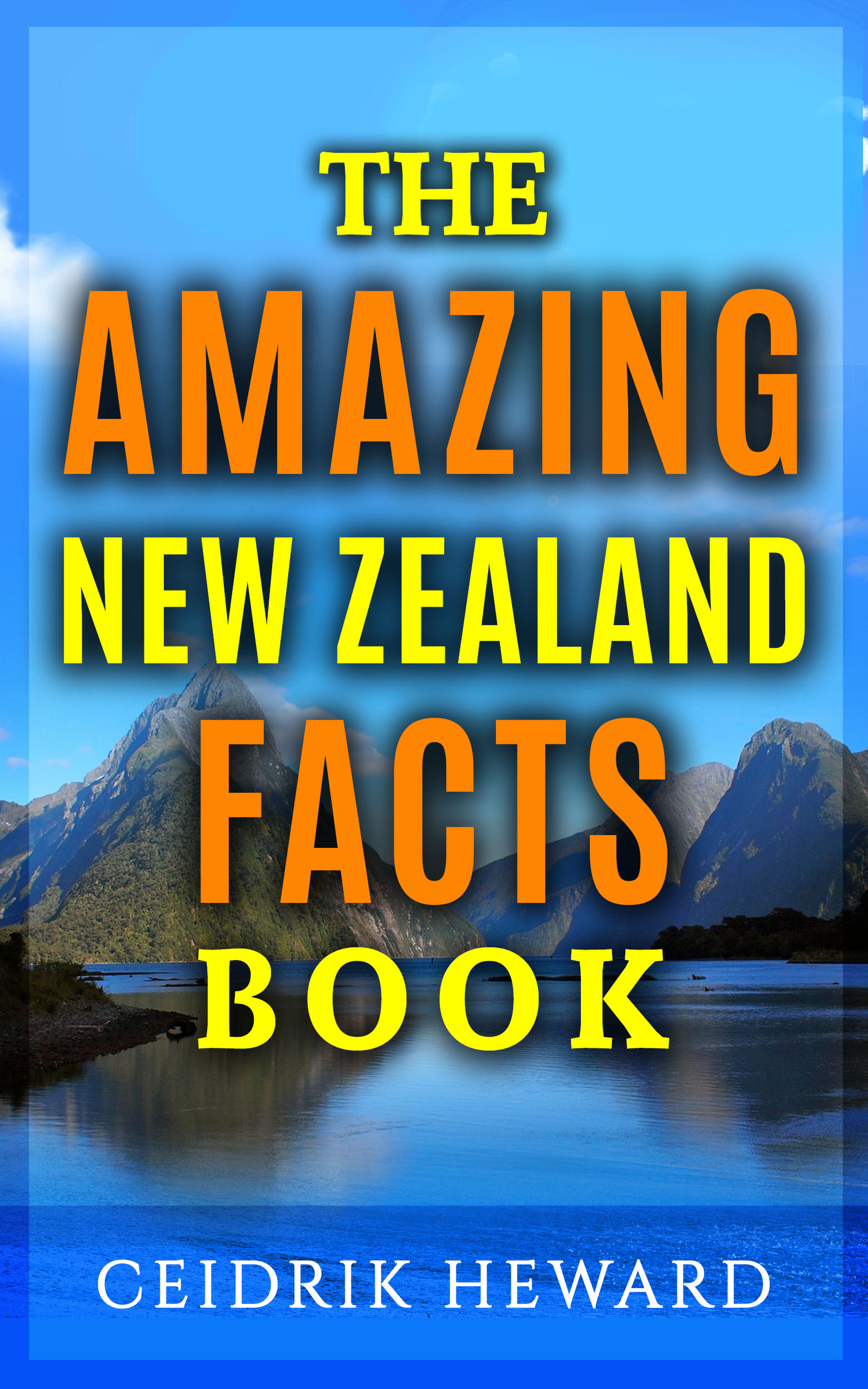
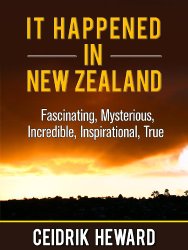
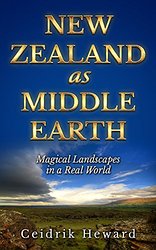
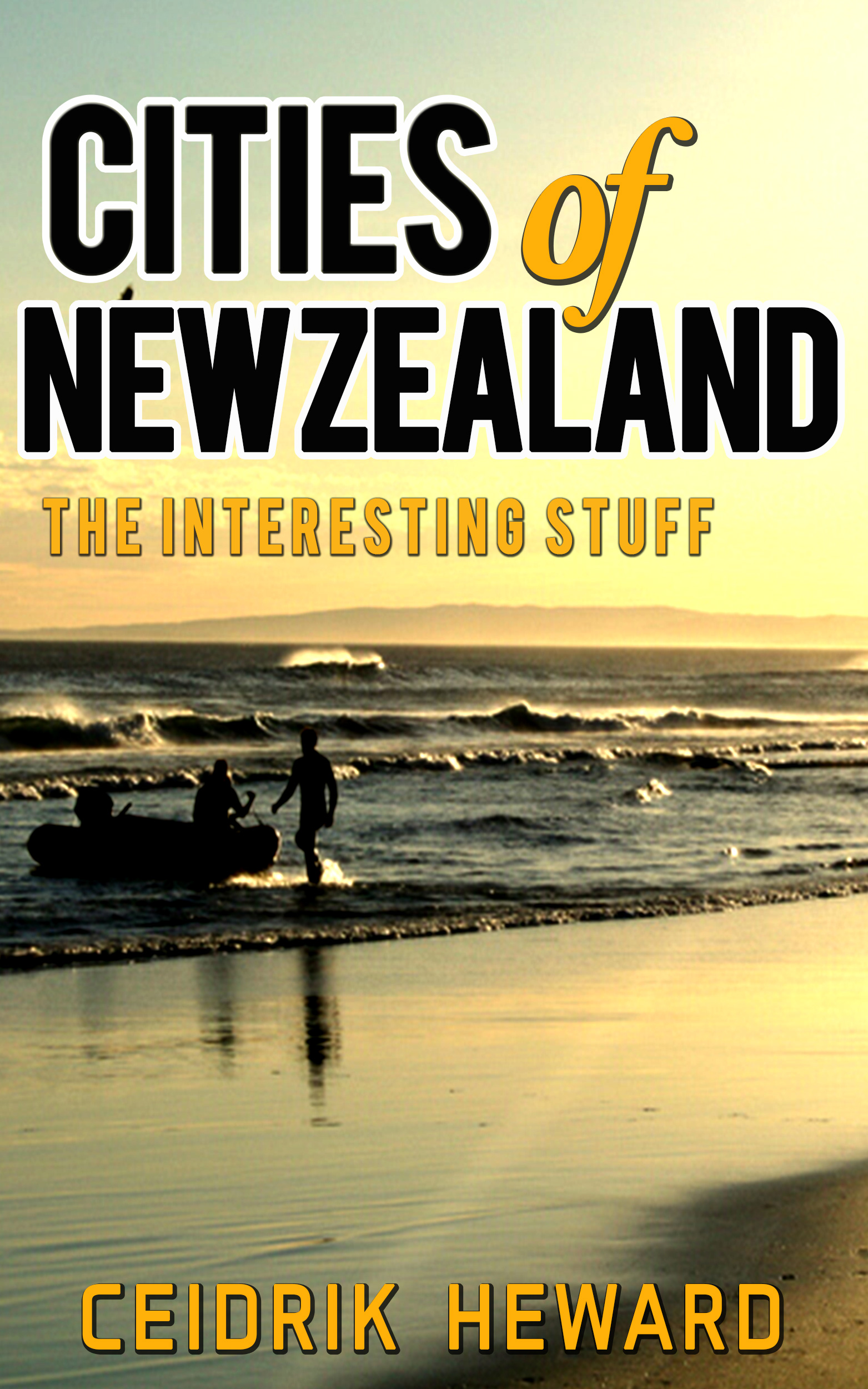

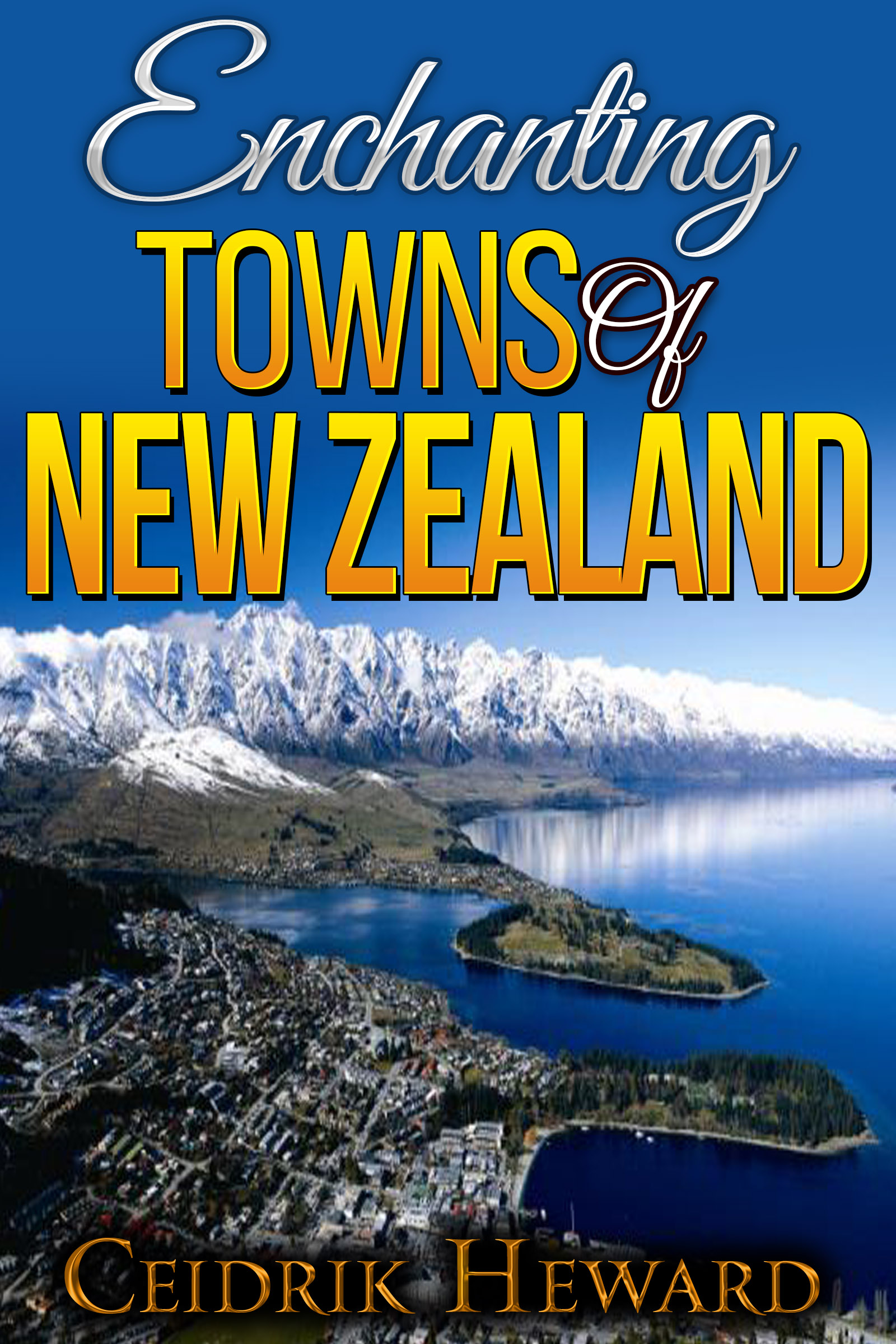
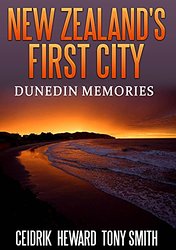













 Visit Today : 312
Visit Today : 312 Total Visit : 1133489
Total Visit : 1133489
Speak Your Mind